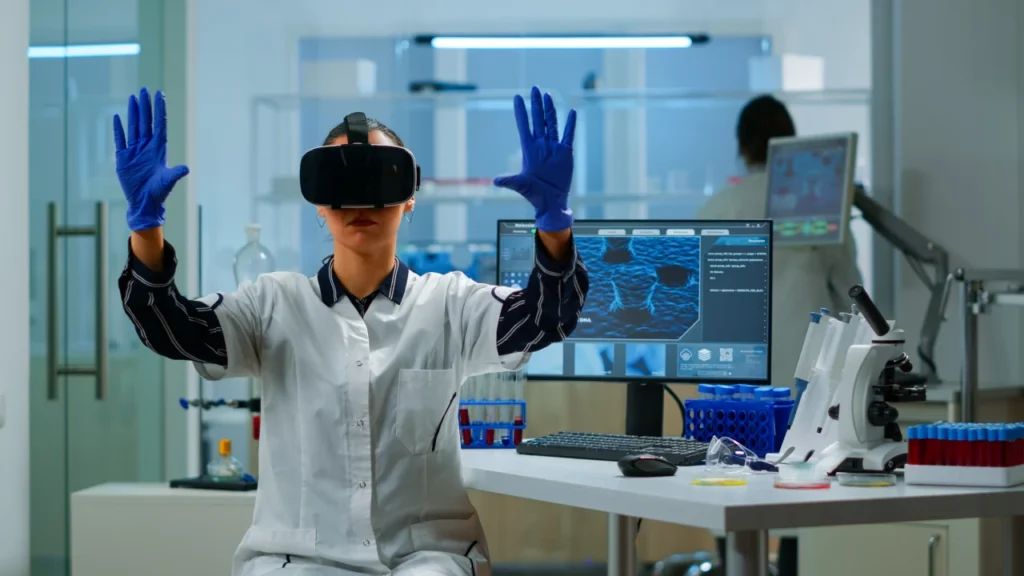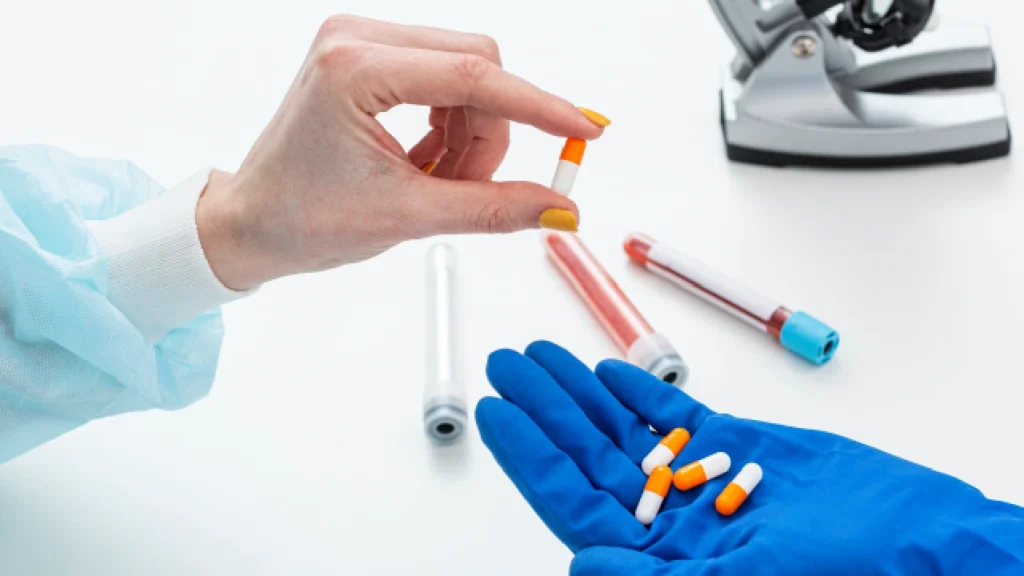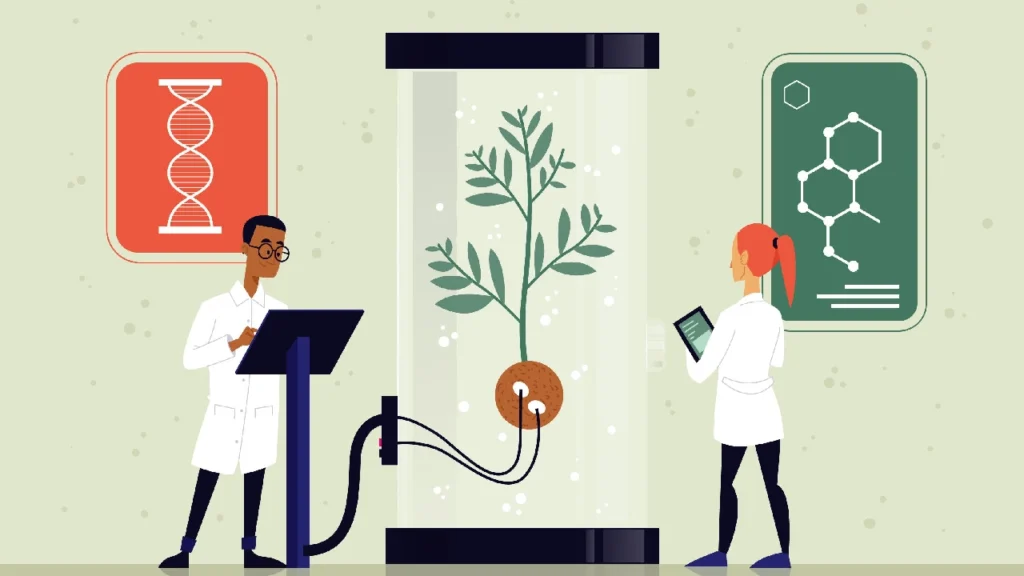Highlights
- Rare diseases have been a challenge for healthcare, as developing treatments remains a costly and demanding process.
- AI is particularly promising in drug discovery and repurposing for rare diseases. It leverages techniques like machine learning, deep learning, and NLP to accelerate the identification of potential therapies.
- Despite its potential, AI in rare disease research faces key challenges, including the scarcity of high-quality data, small patient sample sizes, and the need for ethical considerations and supportive regulatory frameworks.
AI-Powered Drug Discovery Hits Breakthrough in Rare Disease Treatment, addressing a global health concern that affects an estimated 262.9 to 446.2 million people worldwide. Usually, such entities are defined by their rarity and affect fewer than one in 2000 persons in the European Union, or fewer than 200,000 people in the United States annually. There are over 7000 known rare diseases, most of which are primarily genetic and pose a considerable challenge for healthcare, often leaving their victims with lifelong disabilities or shortened life spans. Developing treatment for such diseases as orphan drug treatment is challenging.
There are several reasons for it. From the start of rarity, the patient population is so thin that proper numbers for a clinical trial are absent; the symptoms are varied and complicated, often resembling those of common diseases, resulting in misdiagnosis; and finally, knowledge and data in a specialised area are scarce. Indeed, developing drugs traditionally is highly capital-intensive, risky, and time-consuming; least of all, it is a profitable enterprise when compared to the development of a drug against a common disease. Currently, more than 90% of the rare diseases listed in the USA do not have treatment approved by the FDA.

Thanks to advances in AI, the treatment landscape of rare diseases is in the process of transformation. With machine learning, deep learning, and natural-language processing becoming increasingly synergistic within healthcare, AI promises solutions toward increasing medical diagnostic accuracy and speed, and crucially fast-tracking the identification and development of treatment alternatives. Since AI systems analyse vast, complicated datasets and identify patterns that pose difficult or impossible challenges to human perception, besides getting these processes executed very fast, they are beneficial in situations where little traditional data is available and is scattered.
AI’s Power in Uncovering Potential Treatments
In the treatment landscape for rare diseases, drug repositioning is perhaps among the most promising uses of AI. Essentially, it means finding new uses for existing, approved medicines. Because these drugs have been batch-tested for safety, drug repurposing can skip the costly and time-wasting steps of classic drug development and speed things up somewhat for time to market.

AI can worm through and synthesise varied data sources relevant to drug repurposing, including gene data, patient records, biochemical properties of drugs, medical literature, chemical structures, or clinical trial results. With the help of ML, DL, and NLP, AI extracts valuable information to provide suggestions for new targets or promising drug-disease pairs for rare disorders. Applying AI with drug repurposing, therefore, displays promising potential for meeting the unmet medical needs of rare disease patients.
Identifying Viable Compounds: Concrete Breakthroughs
AI models have been successful in assisting with the identification of prospective treatments and drug discovery in rare diseases, including those considered complicated or untreatable in a traditional sense. A couple of concrete examples highlight these breakthroughs in the following sources:
One of the studies tried to discover if AI methods could help find additional indications for medicines already marketed for rare diseases. Deep learning and NLP techniques were applied to data including pharmacology profile, mechanisms for action, and drug safety data to develop models that might predict latent drug-disease pairs for rare disorders. Through machine learning, this approach was very efficient in helping dig through clues hidden within millions of compounds. The study thus proved the approach to work: Of the 10 compounds identified, seven were proven to be definite drugs that might be used for rare disorders. This example thus demonstrates the possibilité capability of AI in unearthing unknown opportunities in existing medicines.

In the case of SMA, a rare genetic disorder considered deadly, ASO identification and development were greatly accelerated with the aid of AI, given that the ASOs can effectively modulate the splicing of the SMN2 gene, essential for the treatment of SMA. The traditional drug discovery process would have taken much longer to identify such precise targets. AI-enabled researchers to rapidly analyse genetic data, model potential therapeutic interventions, and prioritise candidate molecules, significantly reducing the time needed before clinical trials and eventual approval.
Novel therapeutics are targets for AI molecular design and engineering molecules from scratch. While much of this is at the cutting edge and not just about rare diseases, these methods certainly do apply. For instance, Moderna has been championed by some as an “AI-driven company,” utilising AI extensively in its R&D processes and thereby enabling it to rapidly design a COVID-19 vaccine candidate once the gene sequence was available.

Although COVID-19 is not a rare disease, this example shows how AI can shrink timelines from molecule design to target molecule design, which could be applied to some infectious rare diseases.
Machine learning algorithms and HTS have been developed to pinpoint potential drug repurposing candidates. For instance, this combination of techniques pointed to possible inhibitors of targets for Pitt–Hopkins syndrome (PTHS). Therefore, it seems that synergy between AI-driven prediction and experimental screening is advantageous for drug-repurposing work in rare diseases.
The knowledge graph-based AI reasoning system has been developed to identify possible treatment options for genetic diseases. MediKanren is one tool that employs mechanistic insight into genetic diseases and enables precision medicine by linking relevant literature and databases. MediKanren has been used to aid over 500 rare disease families in seeking treatment options based on identified drug-gene links or biological pathways.

Literature-based knowledge graph-embedding methods are gaining ground in finding drug repurposing opportunities in rare diseases. A method studied here exploited large knowledge graphs, integrating information from domains like pharmacology, genetics, and pathology. This method has proven that new hypotheses can be generated for novel uses of existing drugs. For instance, Trifluoperazine was recognised as a candidate against Wilms’ tumour, while mTOR inhibitors, including Everolimus, arose as candidates worthy of further clinical investigations for sarcoidosis. These examples embody how AI empowers researchers to identify treatment candidates and accelerate treatments for rare diseases, some of which previously had scarcely any treatment options or were inadequately understood.
Challenges and the Path Forward
Whilst newer approaches have brought about significant improvements, challenges must be faced in fulfilling the promise of rare disease treatment by AI. A major hurdle remains the paucity of quality data. Rare diseases, by definition, affect small populations, yielding sparse datasets that are often heterogeneous. For instance, more than half of the reviewed studies aimed to enhance model performance, while only a handful addressed the data scarcity problem. Such an approach to data should move away from existing databases and incorporate sources of real-world evidence; further, it would be valuable to develop global databases for each disorder.

There is also a need to develop models with interpretability. For clinical acceptance and regulatory approval, it is necessary to understand why an AI model makes a specific prediction. It is the “black box” of some complicated algorithms that can aid or stand in their way. There are also restrictions when it comes to model option diversity. Decisions regarding the final therapeutic efficacy, especially in the realm of AI orphan drugs, have to be corroborated by experimental studies and clinical trials. Multidisciplinary international teams with experts in various fields must be able to critically examine the evaluated AI results before moving ahead with production.
Among the essential ethical and regulatory concerns involving AI in healthcare and drug discovery are ensuring treatment approaches are effectively safe or, in some cases, more beneficial and hence less harmful, the need to refrain from negative consequences, and issues of responsible adherence to standards of ethics. Patient data privacy must be considered seriously, as medical datasets usually contain highly sensitive data with possible international data transfers involved. Proper regulations, such as the European General Data Protection Regulation (GDPR), must be put in place.
Future research should address drug repurposing, target discovery, precision treatment, health management, and personalised services. Tackling data issues and developing more interpretable AI architectures will be key to pushing the field forward. The International Rare Diseases Research Consortium (IRDiRC) considers AI instrumental in driving forward research into rare diseases and suggests frameworks to improve patient journeys through modular AI solutions.